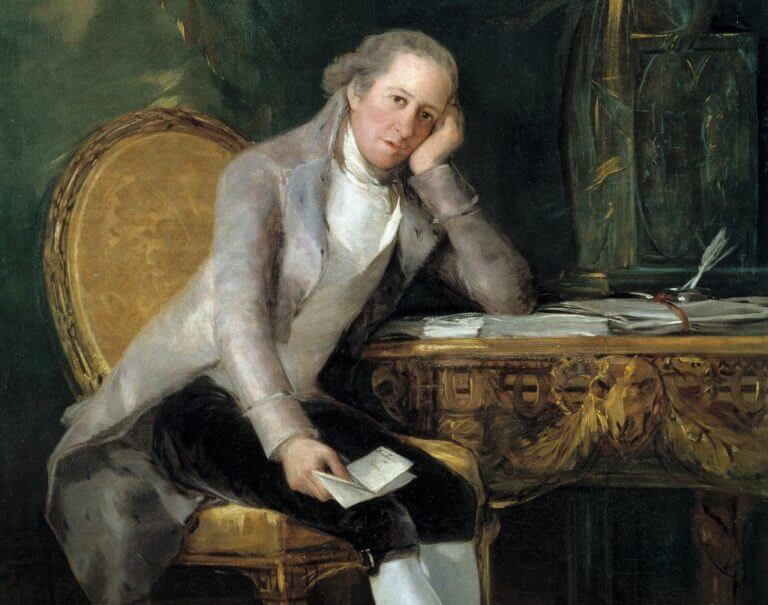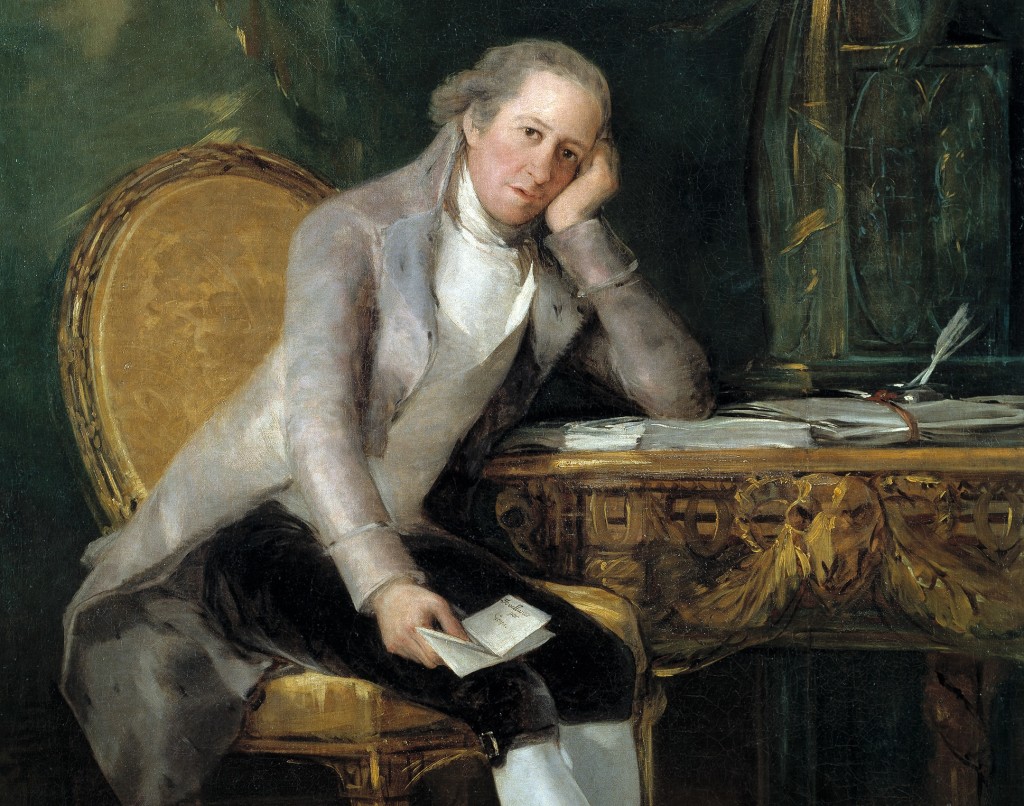Some content writers like working to tight deadlines; others prefer to have more time. Unfortunately for the latter, this is the real world, so there are times when we all need to get pieces started and finished in a couple of hours.
It’s a tough task, but here are a few bits of advice on how to do that without compromising on readability or substance.
Researching
Wikipedia and YouTube should be your first stops if you’re in a rush.
Yes, really.
Wikipedia can be very useful for basic overviews – just make sure you check the article’s sources.
YouTube videos can explain certain subjects and concepts much more quickly than articles can. It shows and tells. Here’s an example:
Would a Wikipedia article help you visualise the inner workings of a turntable as well as that video does? Probably not.
Planning
Decide what you want to say and then scribble these main points down on paper. This will give your piece a solid skeleton and will serve as your checklist of what to talk about.
You could type these out in bold on your Word document, but there’s something quite cathartic and concrete about using a pen like they did in the olden days.
Writing
For the main body of the piece, just get all your points down and don’t worry about eloquence for the time being. You’ll tidy it all up in the editing process.
If you can’t think of a title or introduction, leave them until later. They often come more easily once you’ve written the rest of the piece and you know what you’re trying to say.
KISS: “Keep it short and simple.”
You want the most appropriate and specific word, not the biggest one. If you’re talking about rain in an everyday context, the word ‘rain’ will do just fine. Save ‘precipitation’ for, well, never. Unless you become a meteorologist or something.
Synonym-searching wastes a lot of time and can actually ruin perfectly readable writing. The first word you think of is usually the one you should go with. A different word will come to you later on if it’s meant to be.
Time for a Hemingway quote:
“[William Faulkner] thinks I don’t know the ten-dollar words. I know them all right. But there are older and simpler and better words, and those are the ones I use.”
Editing
Once you’ve finished your first draft, let it cool off. Disconnect yourself from it entirely if you can. A couple of hours is ideal, but 15 minutes will do.
When you read it back you’ll see all the unnecessary words and phrases that don’t add any value. Get rid of them all.
A proof-reader who isn’t you is essential, despite the urgency. They’ll make good (if brutal) observations and suggestions, and they’ll spot the typos you didn’t (like ‘through’ when you meant ‘thorough’, or ‘the’ when you meant ‘they’).
The end
If you liked this article, have a look at some of our other content marketing blog posts – we talk about it quite a lot.


